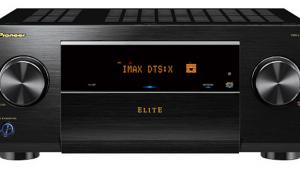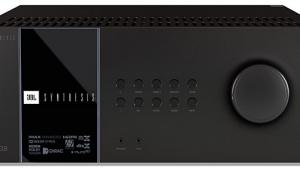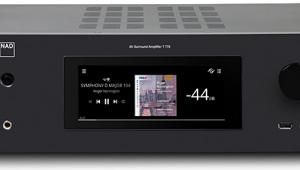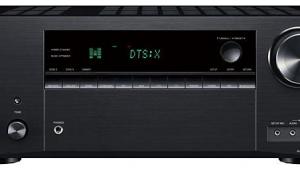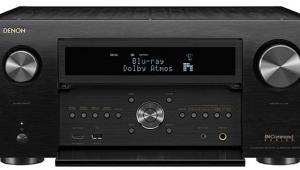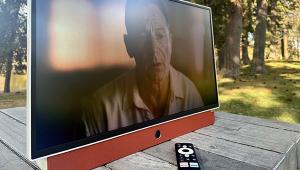Yamaha RX-Z9 THX Ultra2 Digital Surround Receiver
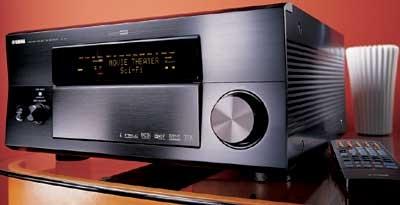
A well-worn adage says that all things come to he who waits. Yamaha's RX-Z9 receiver is so chock-full of features, it must have been waiting a long time. Yamaha goes as far as to claim, "If this receiver doesn't have it, you don't need it!" You be the judge of that, but here are some highlights: it has all the expected 5.1-, 6.1-, and 7.1-channel movie decoding modes plus dozens of Yamaha ambience modes, many of them utilizing an auxiliary pair of left/right front Presence speakers, 175 watts x 7 plus 50 watts x 2 to power a nine-speaker array, automatic level balancing and equalization for all those speaker channels, bass management and speaker-distance compensation for all formats and media, and upconversion of all video inputs.
The RX-Z9 even has THX Ultra2 certification. It's the first Yamaha receiver to apply for this THX stamp of approval, which guarantees that the receiver meets stringent requirements for accurate playback of movie soundtracks even in large rooms. But Yamaha's new flagship includes significant features and benefits far beyond those promised by THX certification.
| FAST FACTS |
| RATED POWER 170 watts x 7 into 8 ohms with maximum 0.015% THD (channels driven individually or in pairs) plus 50 watts x 2 into 8 ohms with maximum 0.5% THD (auxiliary Presence speaker outputs) DIMENSIONS 17 1/8 x 8 3/8 x 18 1/2 inches WEIGHT 66 pounds PRICE $4,499 MANUFACTURER Yamaha Electronics USA, www.yamaha.com/yec, 800-492-624 |
For example, the RX-Z9 is the first receiver we've seen to offer Faroudja DCDi processing - something we're more used to seeing in DVD players. DCDi is a very capable technology for converting interlaced video from DVDs (or TV) to progressive-scan format, and it's specially designed to reduce the visibility of jagged diagonal edges in images that originated as interlaced video rather than film, like many concert recordings. DCDi is merely the tip of a progressive iceberg - the RX-Z9 can convert all incoming interlaced video signals to progressive-scan. It can also rescale incoming standard-definition 480i (interlaced) video up to the 720p (progressive-scan) or 1080i HDTV formats, although copy-protected signals, such as those from commercial DVDs, are only converted to enhanced-definition 480p.
The receiver's most useful video feature is its ability to convert incoming component-, composite-, and S-video signals from any format to any format. There are a couple of ways this capability could come in handy: First, if your TV won't accept all three flavors of video, you'll be able to convert all your video inputs to those it will accept. Second, while many of the newest TVs do accept all three signal formats, having such conversion take place in the receiver greatly simplifies system hookup - all signals, both audio and video, are sent through the receiver. A unified hookup also lets you use the receiver's video processing features to clean up material for feeding to a recording device.
- Log in or register to post comments

